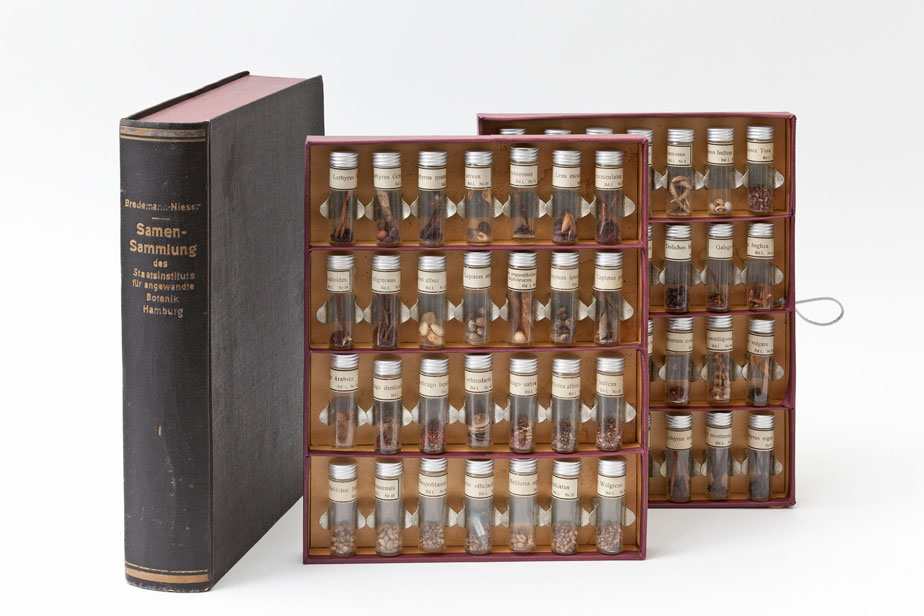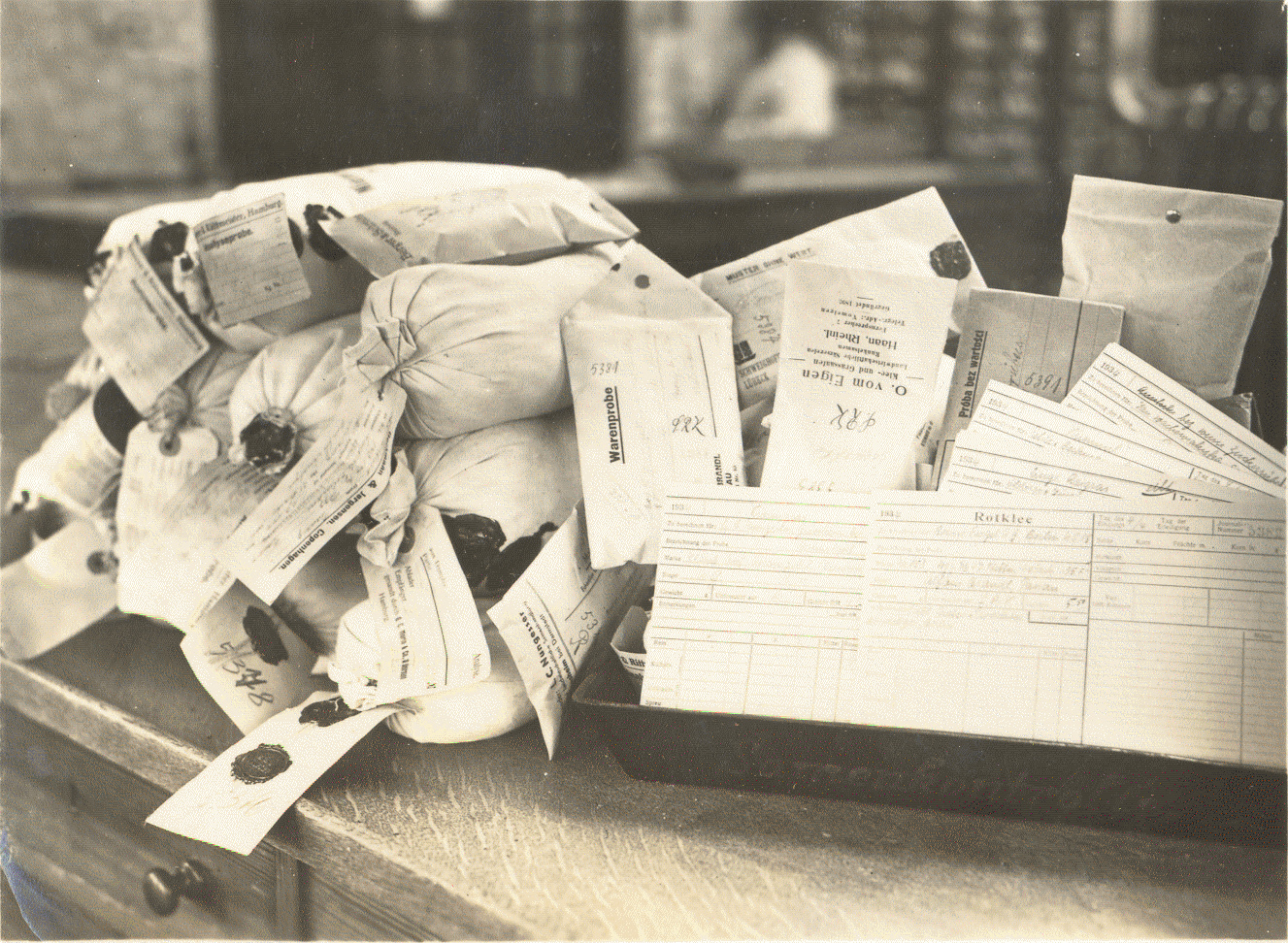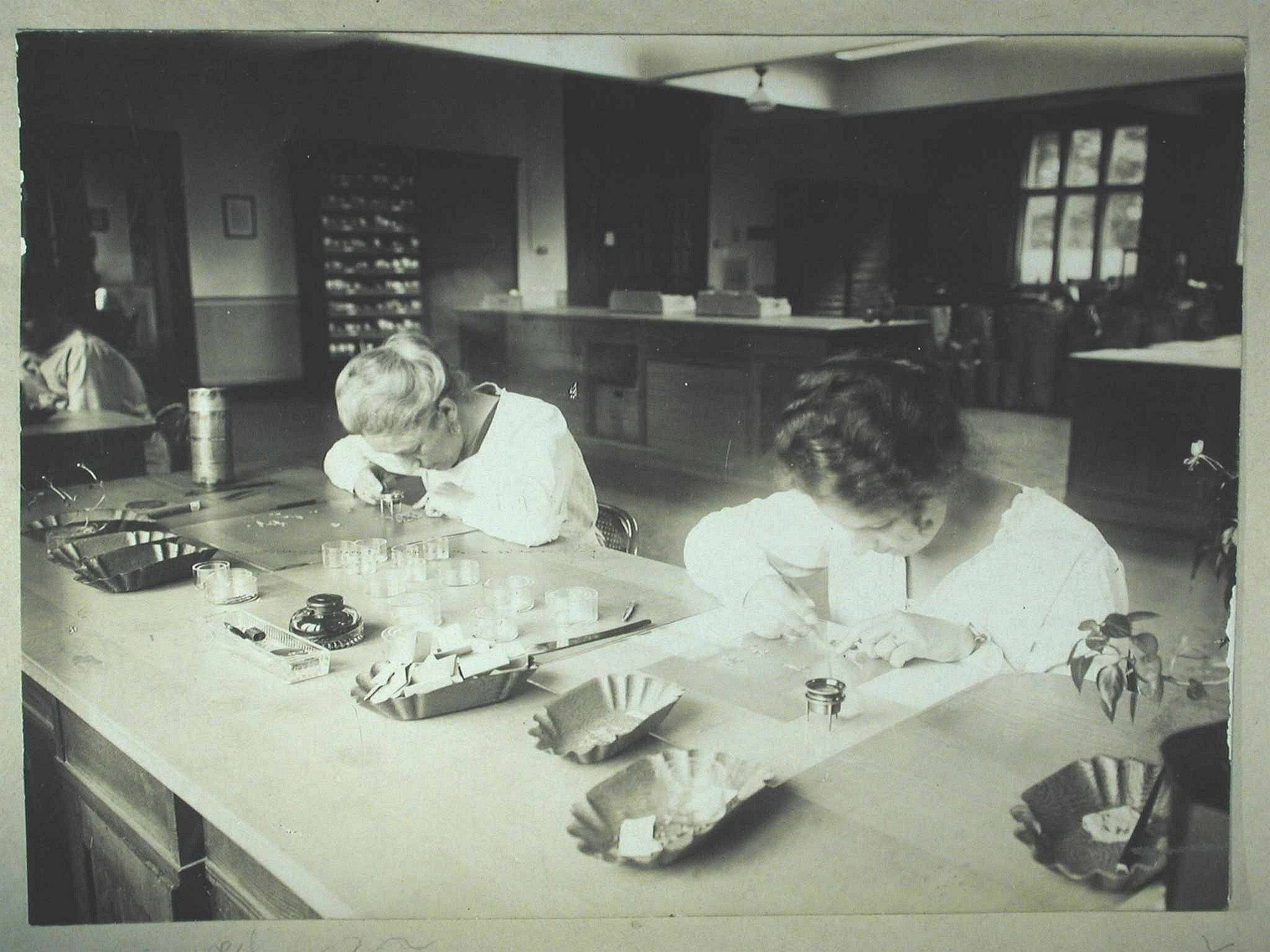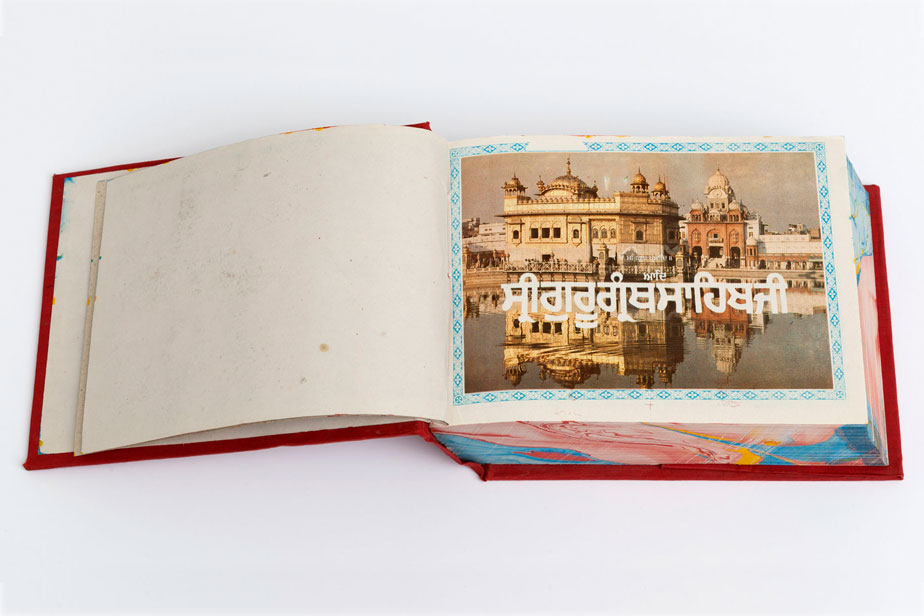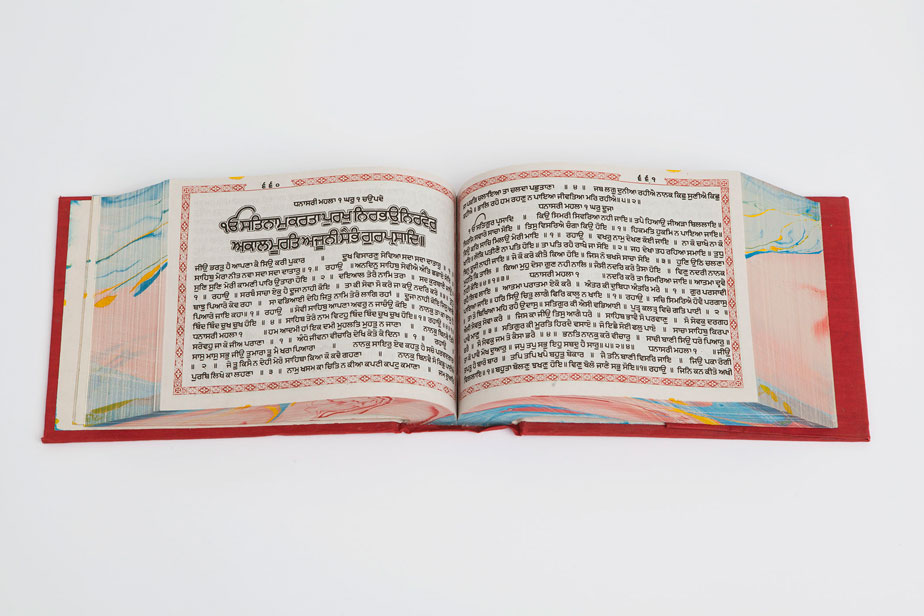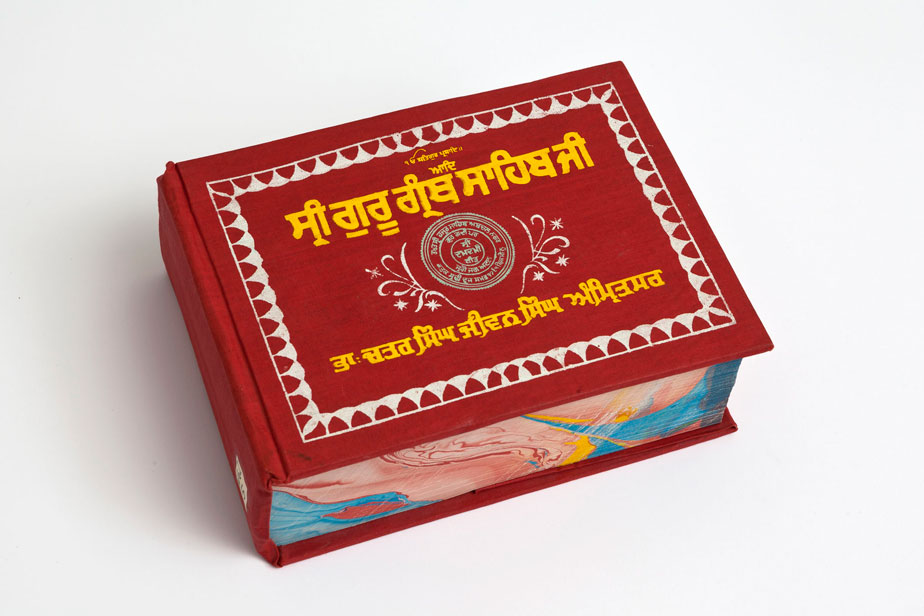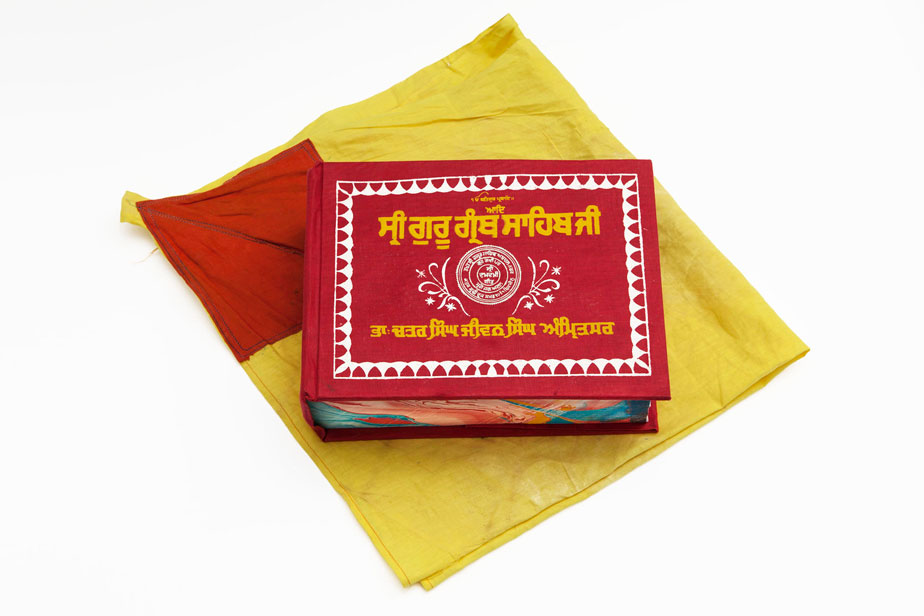World Knowledge
Since its founding, Universität Hamburg has had a unique international profile. Its origins can be found in Hamburg’s standing as a large, German colonial city that profited enormously from colonial expansion. Increasing overseas trade also increased the need for information about other continents. Thus, starting in the 1880s, academic institutions such as the ethnography museum or the botanical museum gathered and imparted information about foreign cultures or raw plant materials from the colonies.
From 1908, professors for geography, oriental studies, Indology, and African and East Asian languages and cultures were appointed to the newly founded Colonial Institute. Not only did they teach upcoming colonial civil servants; they taught Hamburg’s citizens, who could learn more about these subjects in the General Lecture Series. In 1919, seminars and professorships were transferred to the new University.
From Knowledge of the Colonies to Knowledge of the World
University legislation in 1921 stipulated that the expertise from the former Colonial Institute was to foster “foreign and colonial studies.” Today, the Asien-Afrika-Institut at Universität Hamburg represents the largest association of Asian and African disciplines in Germany, without colonial ambitions.
These include Japanese studies, Korean studies, Sinology, Vietnamese studies, Thai studies, Austronesian studies, Tibetan studies, Buddhist studies, Indology, Ethiopian studies, and African studies. The AAI was founded in 2000 to strengthen disciplinary cooperation at the University.
Botany for Merchants
Until 2001, applied botany at Universität Hamburg provided services to importers of useful plants. The Botanical Museum founded in 1883 had already been specializing in plants from the colonies and their uses and fostering international contacts. Inspired by merchants, the Museum set up a lab for consumer goods in 1885 and a department to monitor seeds in 1891. These institutions, which became part of the University in 1919, advised trading companies and provided expert reports on raw plant materials. Today, botany plays an important role for the preservation of biodiversity.The Japanese Seminar in the Nazi Era
Wilhelm Gundert was appointed in 1936 to succeed Karl Florenz. The appointment of the chair was a political issue, in which even the Foreign Office got involved. Gundert was a member of the Nazi Party and was active in university politics. He was Rector of the University from 1938 to 1941.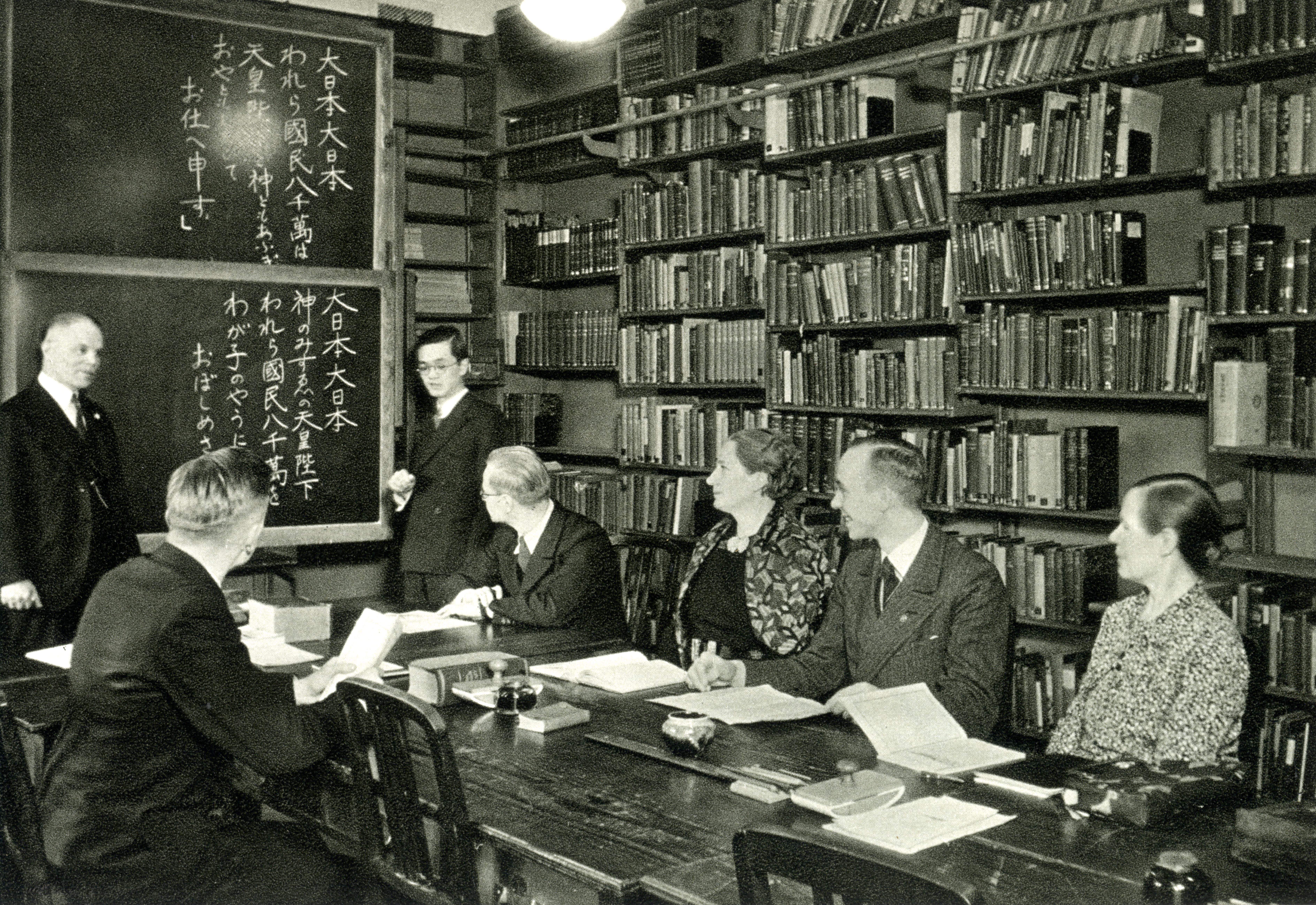
Heightened Interest in “Exotic” Fields
When exactly this typewriter with Japanese and Chinese characters found its way to Japanese Studies is unknown. But it was likely being used in the 1980s when the subject suddenly became popular and the number of incoming students rose significantly.
The Language and Culture of Japan at the Colonial Institute
Japanese studies at Universität Hamburg go back to 1914, when the first chair in Japanology was established in Hamburg. Karl Florenz, former professor at the Imperial University in Tokyo, was appointed to this position. He was not only an expert in his field, but also well-known for his translations of Japanese literature.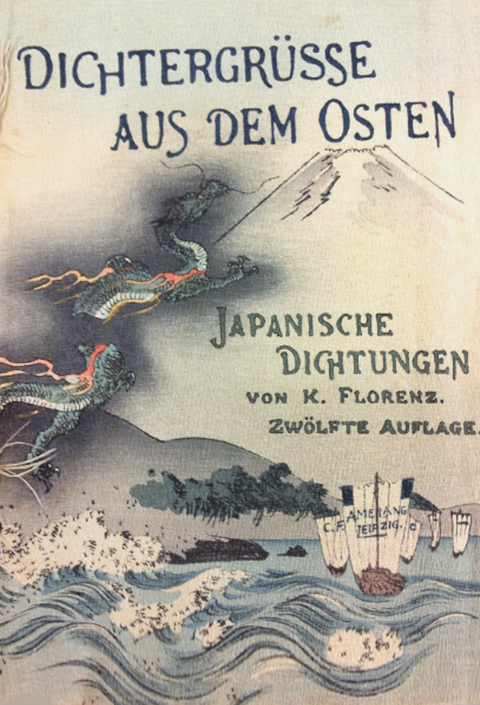
Missionaries and African Studies
Missionaries wanted to spread the Christian message in their prospective converts’ native languages. They were thus often the first Europeans to learn African languages, and undertook the first Bible translations. They also published the first descriptions, dictionaries, or grammars, often in the Zeitschrift für Kolonialsprachen (Journal of Colonial Languages).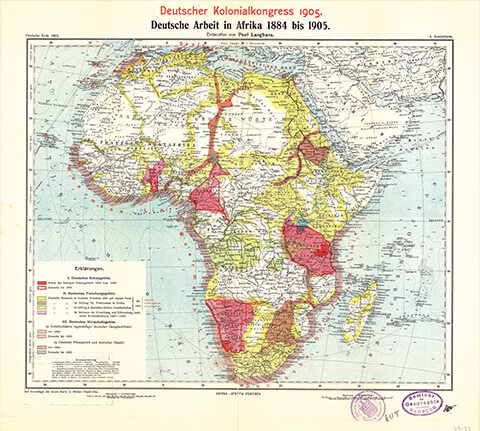
An Instructor from Africa
Mohammed Nuur, a Somali, worked at the Colonial Institute and the University between 1917 and 1922. He and other African “language assistants” helped research their languages. The colonial administration feared, however, that allowing Africans to work in Hamburg would “spoil” them for the colonies.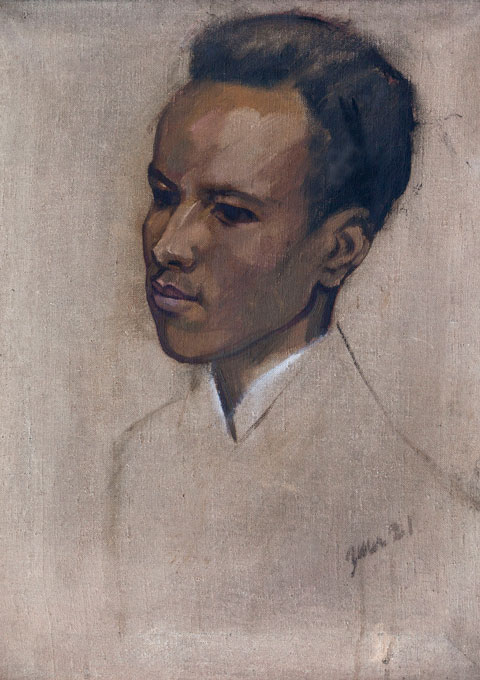
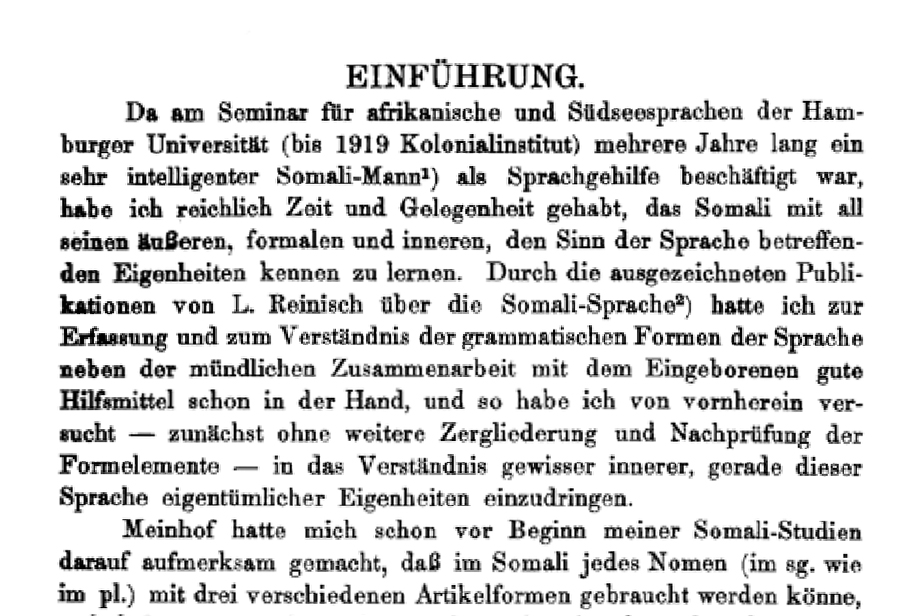
Carl Meinhof (1857–1944)
The world’s first chair in African studies was established in 1909 at the Hamburg Colonial Institute. The appointment of Carl Meinhof, the first to study Bantu languages using the methods of historical and comparative linguistics, put these languages, previously considered inferior, into a new perspective.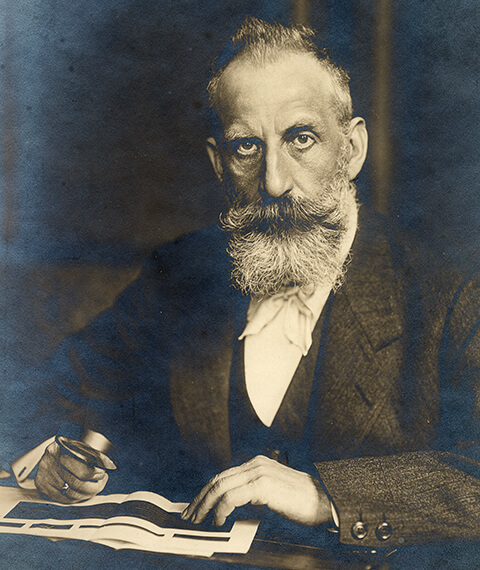
First Scholarly Journal for African Studies
The Zeitschrift für Kolonialsprachen (Journal of Colonial Languages), first published by Meinhoff in 1910 and heavily influenced by him, quickly developed into a seminal publication for the young field of African studies. After Germany lost its colonies in 1919, the journal’s name was changed to Zeitschrift für Eingeborenensprachen (Journal for Indigenous Languages), and again in 1950 to Afrika und Übersee (Africa and Overseas).The Phonetic Laborarory
Carl Meinhof founded the Phonetic Laboratory in 1910. Linguists could study the phonetic foundations of languages using technical methods, such as recordings of the languages. In 1919, the Laboratory became an independent institute at the University and achieved great renown.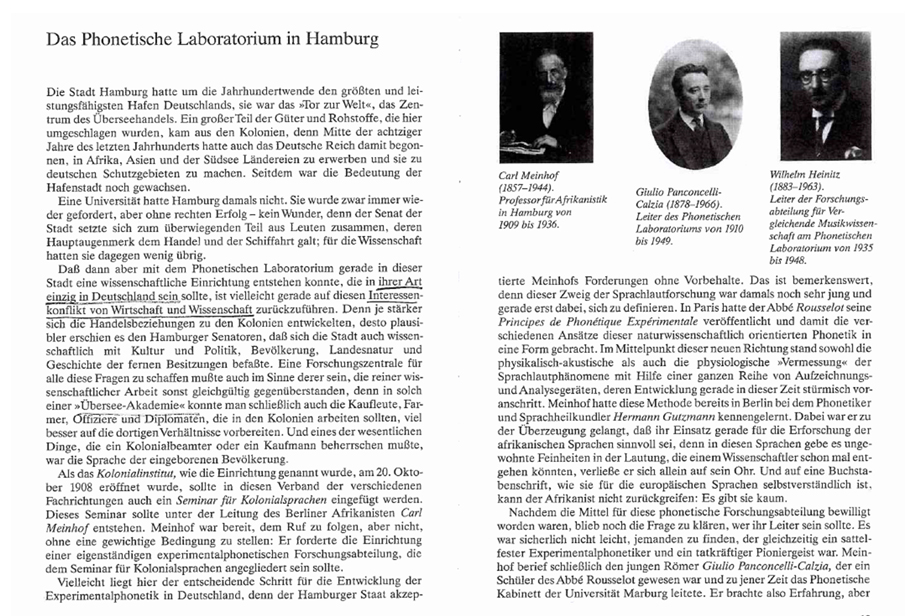
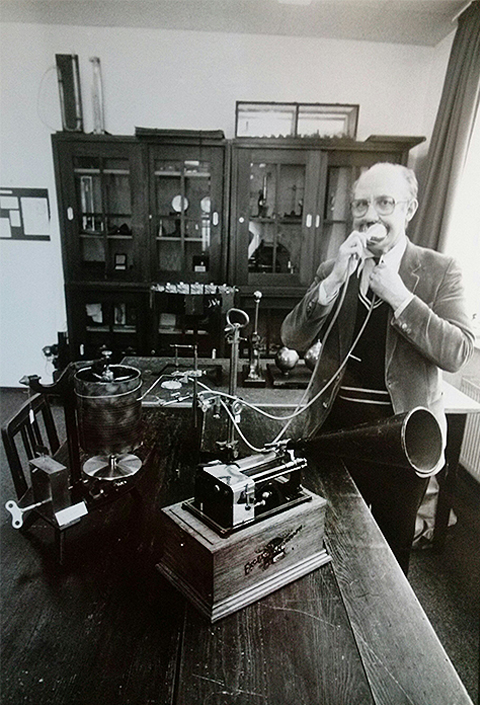
How Are Sounds Created?
One subfield of phonetics is articulation. This is the study of what happens in the mouth and throat during speech. How are sounds formed by the movement of the lips, the tongue, and the jaw? This knowledge has practical applications in language learning.Language and Culture of China
According to its inscription, the wooden box contains a collection of writings by Gu Xiang on the study of the Chinese seal script. In the 19th century, Chinese scholars traveled with such libraries. The object belongs to the Language and Culture of China subject group, which was established in 1910 at the Colonial Institute.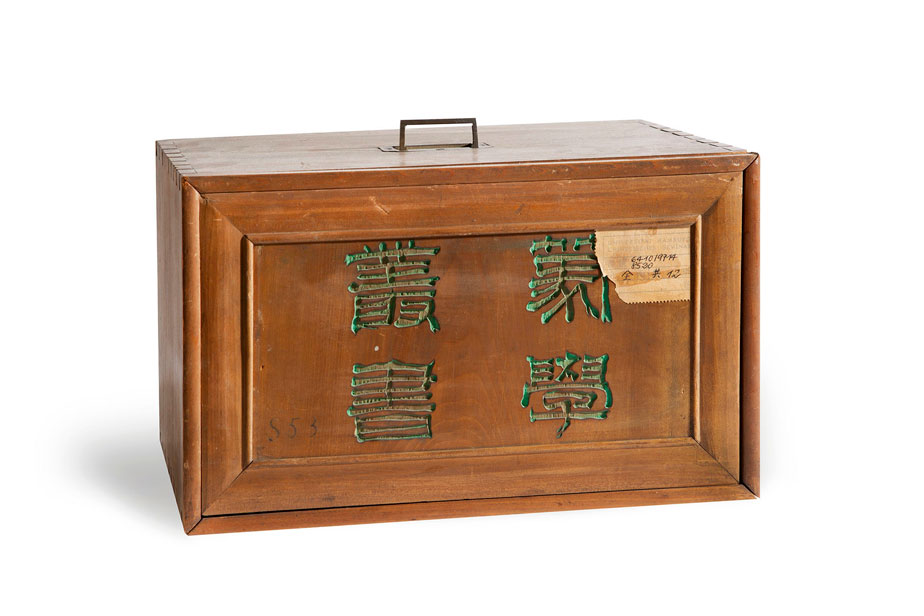
Indian and Tibetan Studies
Out of respect, the principal scripture of Sikhism is kept covered in clean cloths. This modern edition of the text collection, composed in Punjabi, is from 1604. A chair for the culture and history of India was established in Hamburg at the Colonial Institute in 1914.Trading Interests
The State Institute for Applied Botany was an independent, official Hamburg entity. It examined plant-based materials for commercial trade and advised traders. This state institution was created in 1912 from its predecessor, the Botanical Museum’s laboratory for commodity science with its departments for seed control and crop protection.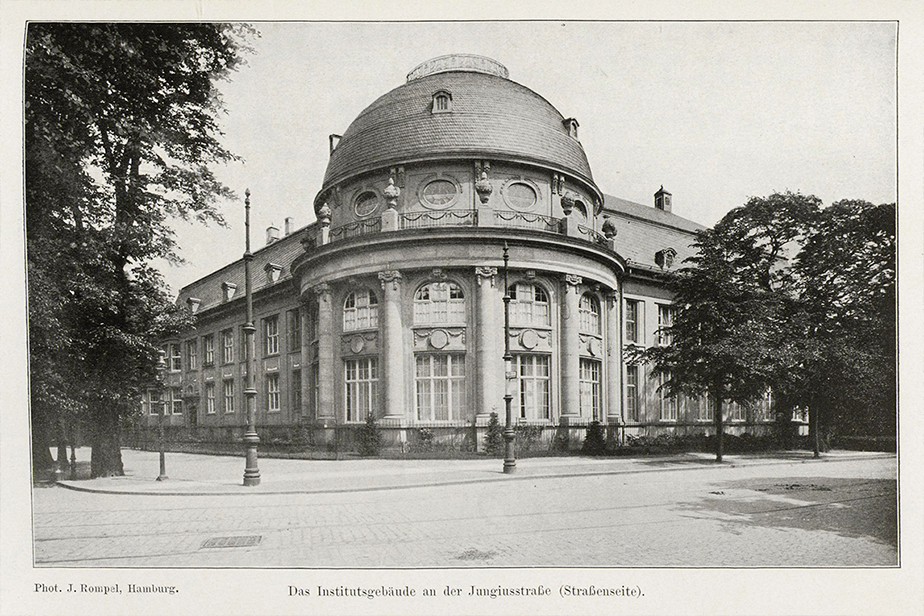
Botanical Advice at the Stock Exchange
The botanists at the State Institute for Applied Botany having a coffee after work at the Hamburg Stock Exchange: beginning in 1912, they maintained an office there to provide on-site advice to the traders. Prof. Alfred Voigt became the director of the State Institute for Applied Botany in 1912.
Analysis Instruments
The seed inspections were conducted primarily by women. The samples were weighed in small dishes, then spread on a glass plate and sorted using tweezers and a spatula. The women checked the quality, homogeneity, and the provenance of the raw material using magnifying glasses. The laboratory was in high demand. In 1914, it analyzed around thirty thousand samples.The Seed Inspection Office in the Laboratory for Commodity Science
In 1907, the Botanical Museum moved to a new building on the grounds of the Botanical Garden. In the new location, the scientists in the laboratory and the all-female staff in the seed inspection office got new, modern workplaces with overhead lighting.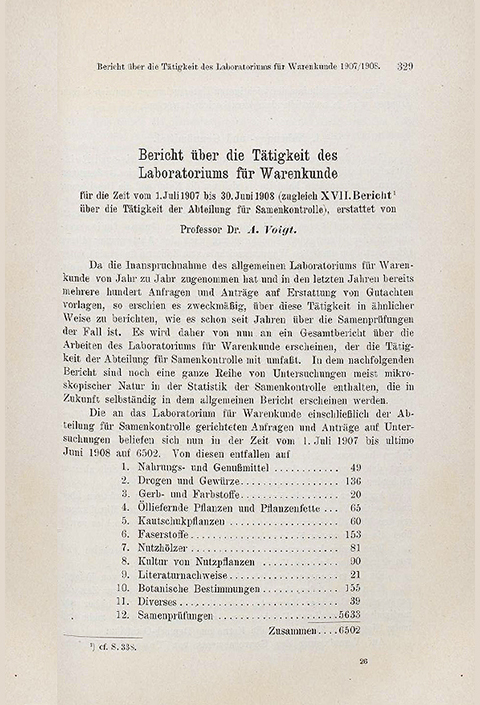
Plants from the Colonies
Before 1919, the Botanical Museum’s collection focused on plants from the colonies, especially on economic plants of interest to traders. The Bambara groundnut is from an experimental plantation in the former German colony of Togo. This edible legume flourishes in poor soil and is drought tolerant.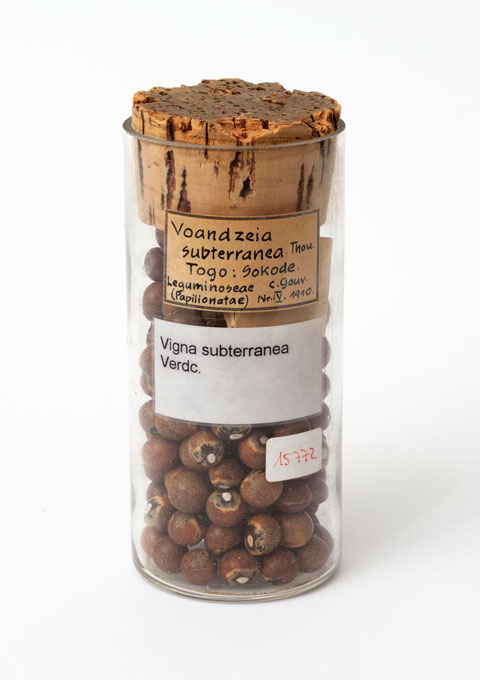
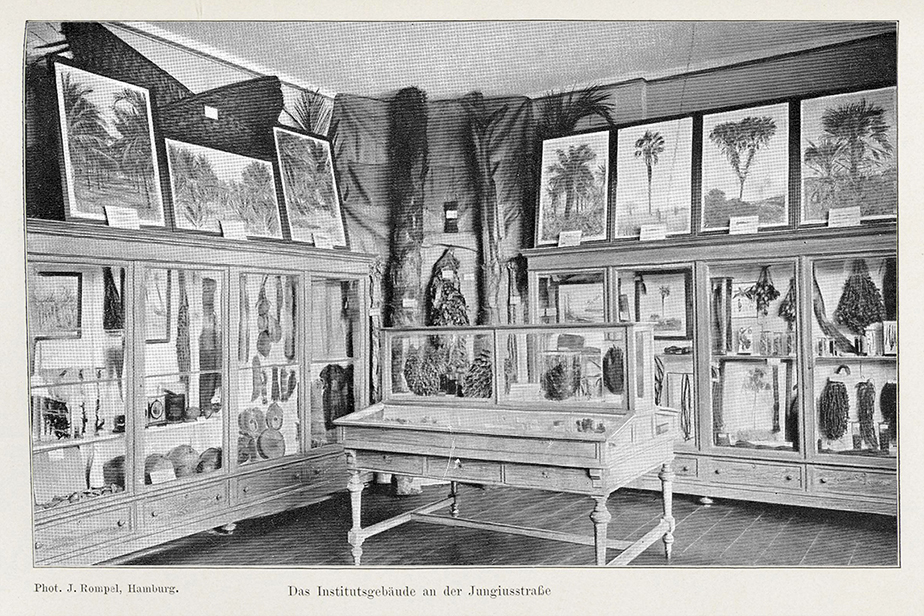
Characteristic Weeds
The seeds of certain weeds that found their way into the planting seed helped to determine the provenance of the economic plants. The seeds were compared to samples held on-site or to detailed drawings. Today, bags of seed rarely contain weeds, so this method is no longer used.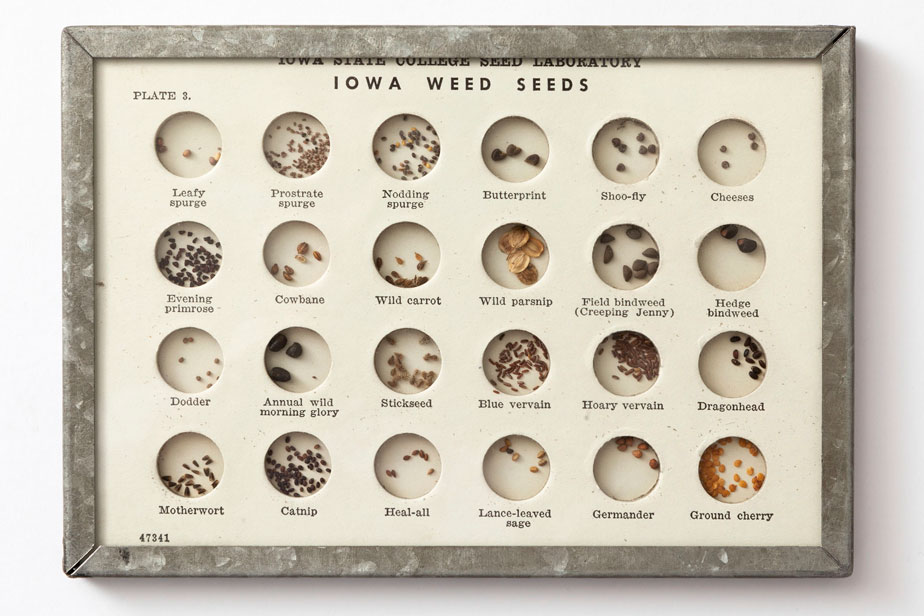
Wheat from America
The US is one of the world’s leading exporters of wheat. The US National Association of Wheat Growers provided these displays of the various types of wheat to help in checking the homogeneity of North American wheat, and, of course, for promotional purposes as well.Seed Inspection
During the final years of the Hamburg seed inspection office, it examined the purity, germination, viability, and varietal identity of seeds and the species characteristics, and documented the results.An Encyclopedia of Seeds
Gustav Bredemann, director of the Institute for Applied Botany, and his colleague Otto Nieser published a seventeen-volume encyclopedia of seeds in the 1930s. It describes the seeds from the cultivated plants and weeds most often submitted for inspection and the essential data for each.